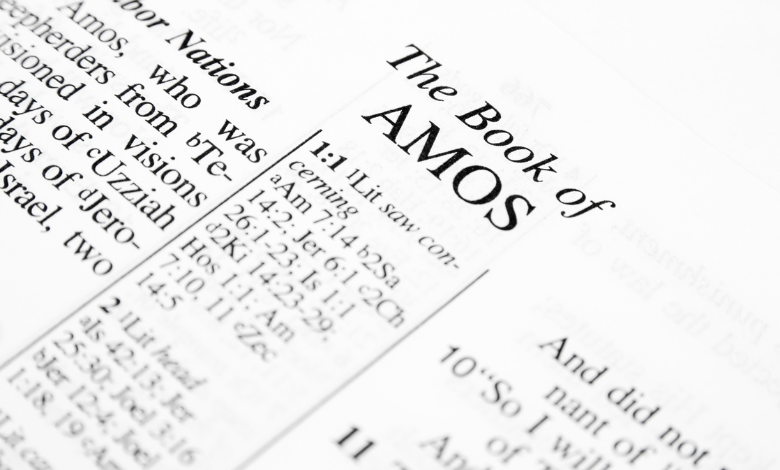Vamos a matar companeros chords

“Vamos a Matar Compañeros” is a famous song from the Spaghetti Western genre, featured in the 1970 film Vamos a Matar Compañeros (translated as Let’s Kill Companeros). The movie was directed by the renowned Italian filmmaker Sergio Corbucci, and the song’s soundtrack was composed by the legendary Ennio Morricone. This song is widely appreciated by fans of Western films and the genre’s iconic music. The song reflects the gritty, harsh tones that are characteristic of spaghetti westerns, blending traditional Western themes with European cinema’s unique approach to storytelling.
In the context of a music piece like “Vamos a Matar Compañeros,” the chords and arrangement are significant in creating the unique atmosphere of the film. These musical elements help convey the tension, action, and emotions of the characters. Let’s explore the structure, chords, and overall impact of this iconic song.
1. Overview of Spaghetti Western Music
Before delving into the specifics of the chords, it is essential to understand the role that music plays in a spaghetti Western. The music from these films often evokes a sense of epic grandeur, vast landscapes, and moral ambiguity. Spaghetti Westerns, especially those directed by Corbucci and scored by Morricone, are known for their use of unconventional instruments, sweeping melodies, and catchy themes.
Morricone’s approach to the Vamos a Matar Compañeros score incorporates these elements. The music features dynamic rhythms, shifting harmonies, and unconventional uses of orchestration to evoke the rawness and unpredictability of the American West, as imagined through a European lens.
2. Analyzing the Chords of “Vamos a Matar Compañeros”
The song’s underlying chord progression plays a crucial role in establishing the dark and energetic tone of the film. It is relatively simple yet effective, relying on tension and resolution to reflect the narrative’s high stakes.
- Intro: The song starts with a powerful, rhythmic intro, setting the stage for the intensity that will follow. The chords here are typically minor, creating a sense of foreboding.
- Verse: The chord progression in the verse is relatively simple, often revolving around a minor key. The use of a minor key in this section adds to the overall sense of melancholy and anticipation. The minor chords evoke the harshness of the characters’ situations and the moral dilemmas they face.
- Chorus: The chorus, while still grounded in the minor key, brings in a shift that adds a layer of intensity and drama. Here, the progression may introduce more complex chords or minor/major shifts to create a sense of emotional buildup.
Morricone’s use of rhythm and timing is also noteworthy in this piece. The chords are often paired with strong, staccato rhythms, reflecting the fast-paced action sequences that are iconic in spaghetti Western films.
3. Chord Progressions
The progression itself in “Vamos a Matar Compañeros” is composed of several repeating motifs, reflecting the repetitive and unforgiving nature of the film’s world. It can be broken down as follows:
- A minor: Starting with a simple A minor chord, the tone is set as dark and brooding. The A minor chord is essential in Western themes because it evokes a sense of tragedy or forewarning.
- D minor: The move to D minor provides a slight shift in mood. D minor is often used to convey sadness or a somber tone, which fits well with the film’s narrative of revenge and betrayal.
- E major: The progression shifts briefly to an E major chord, creating a momentary sense of brightness or resolution. This unexpected shift gives the listener a brief respite before the music moves back to the darker, more intense minor chords.
- F major: The transition to F major provides additional emotional complexity, allowing for a shift in tension and driving the theme forward.
4. Thematic Significance of the Chords
The simplicity of the chords allows the melody and rhythm to take center stage. In the context of the movie, the melody reflects the struggles of the characters as they navigate treacherous terrain, both literally and figuratively. The use of major and minor chords creates a balance between moments of hope and despair, with the shifting progressions mirroring the changing dynamics of the film’s plot.
Morricone is known for his ability to craft memorable, emotional musical themes, and “Vamos a Matar Compañeros” is no exception. The repeating chord patterns mirror the repetitive nature of the characters’ conflicts, their inescapable fate, and their ongoing struggle for justice.
5. The Impact of “Vamos a Matar Compañeros” on Spaghetti Western Music
The soundtrack of Vamos a Matar Compañeros helped solidify Morricone’s place as a master composer in the Spaghetti Western genre. The song, with its memorable hook and intense rhythmic energy, became one of the key themes that helped define the atmosphere of the film.
Many filmmakers and composers who followed in Morricone’s footsteps were influenced by his innovative use of chord progressions, rhythmic intensity, and atmospheric textures. The impact of this song on the Spaghetti Western genre cannot be overstated, as it has since been recognized as one of the most iconic themes of its kind.
6. Conclusion
The song “Vamos a Matar Compañeros” represents more than just a piece of music; it encapsulates the heart of the Spaghetti Western genre. Ennio Morricone’s masterful use of chord progressions in combination with the unique instrumentation and rhythmic structure creates an unforgettable listening experience. The song serves as both a reflection of the film’s themes and an emotional guide through its intense narrative.
For musicians, understanding the chord structure and progression of this song is an excellent way to appreciate how music can drive storytelling in film. Whether you’re a fan of Westerns, Ennio Morricone’s music, or simply enjoy studying music theory, Vamos a Matar Compañeros is a prime example of how chords can shape the tone and emotion of a cinematic experience.
(Note: This article provides a deep dive into the musical analysis of “Vamos a Matar Compañeros.” The complete chord sheet and a thorough musical breakdown can be found in dedicated music theory resources or sheet music publications related to Ennio Morricone’s works.)



